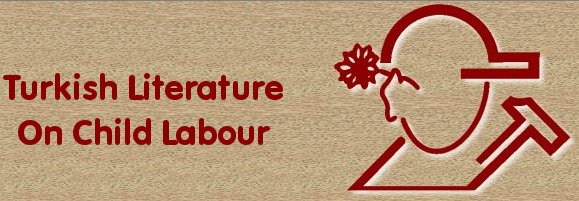I was a Child, I was Little….. Child Labour in Turkey during 1920-1960
Title of the Study: I was a Child, I was Little…..
Child Labour in Turkey during 1920-1960
Type of the Study: Discussion Paper
Author of the Study: Ahmet Makal
Presentation,,
Year/Place of Publication: Ankara, 2006
Language of the Study: Turkish
Number of Pages: 41
Purpose: To discuss child labour in Turkey between 1920 1960 within legal, sectoral and economic terms.
Content: The paper has six parts. The first is on conceptual framework of child labour. Second part is about the legal and regulational framework. Quantity of working children is outlined in the third part. The sectoral distrubution of working children is discussed in the fourth part. Working conditions of child workers are highlighted in the fifth part. And sixth part is on international regulations and norms.
Method: Literature scanning method is used.
Excerpt: It can be clearly pointed out that there is a considerable amount of child labour in different sectors of the economy including small and medium enterprises between the years 1920-1960 in Turkey.
Some keywords: working children, working conditions, international regulation
